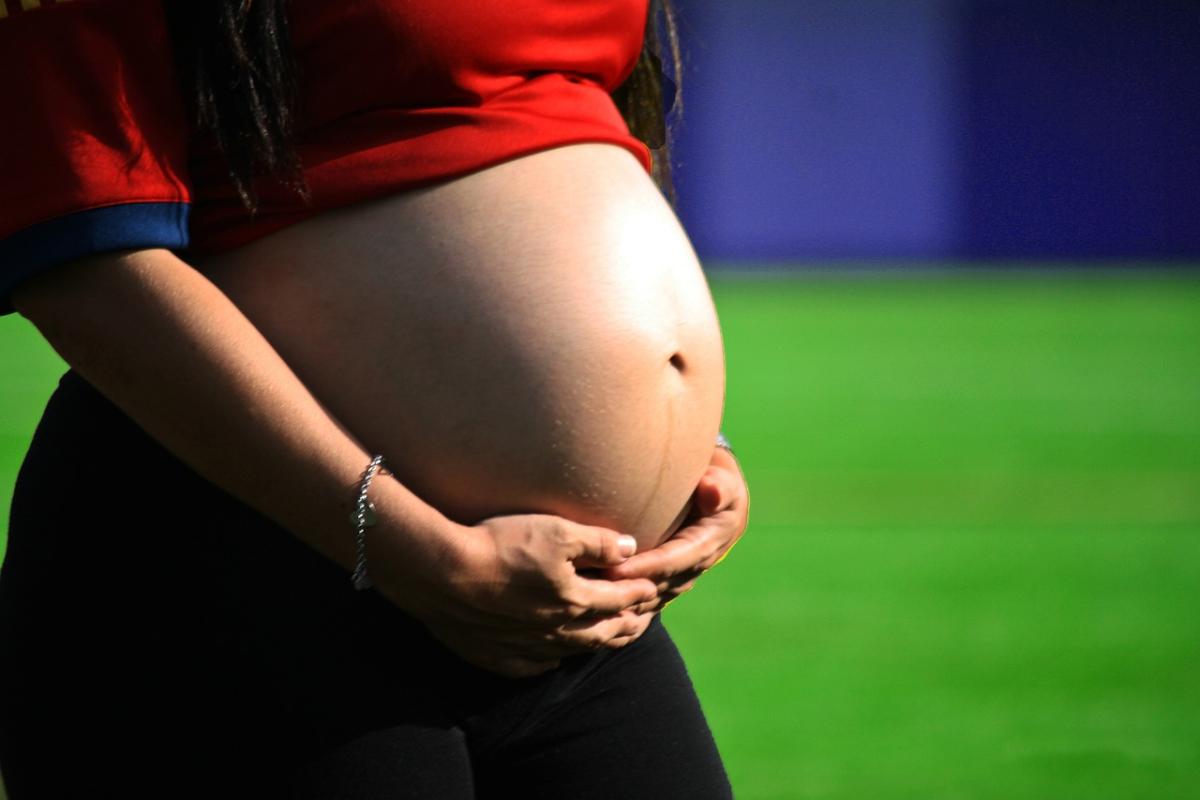
For the past few years about 21 thousand children are born per year, which is a substantial improvement from 2003, when only 17 thousand were born, explains Jože Sambt from the Faculty of Economics in Ljubljana: “However, what is worrying is that the number of newborns will drop in the future, even if each woman will give birth to more children, as the number of women who are in their fertile period is on the decrease. By the year 2030, the number will plummet to about 18 thousand.”
The reason for low birth rate is also higher age when women have their first child. The average age when a Slovenian woman become a mother for the first time stood at 28.7 years in 2015. The average number of children per woman in fertile age was 1.57. To retain the number of population, however, the birth rate should rise to at least 2.1 children. The rate is dropping despite efforts to improve family support politics.
According to sociologist Alenka Švab from the Faculty of Social Sciences, people’s lives today are more individualised and their decisions more subjective rather than depending on social norms, which also has an impact on the number of births.
Urška Valjavec, Radio Slovenija; Translated by K. Z.

































































